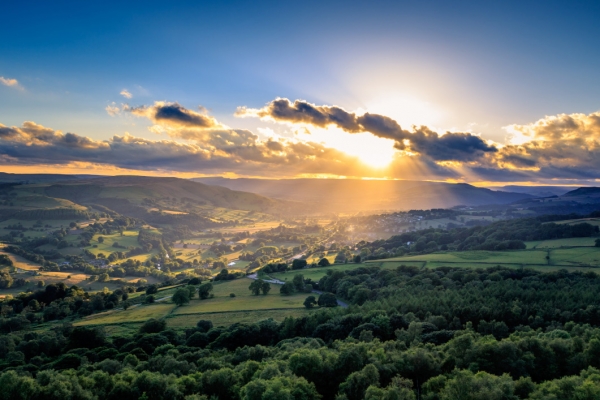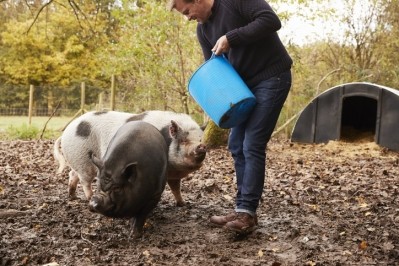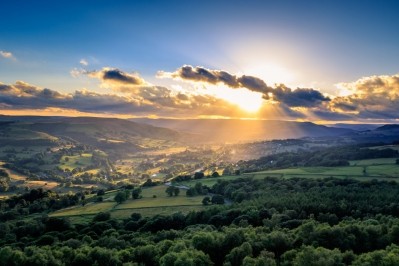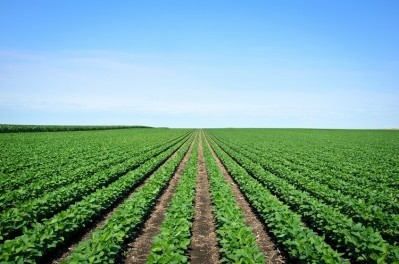Grasslands in crisis: Why the food industry should act now
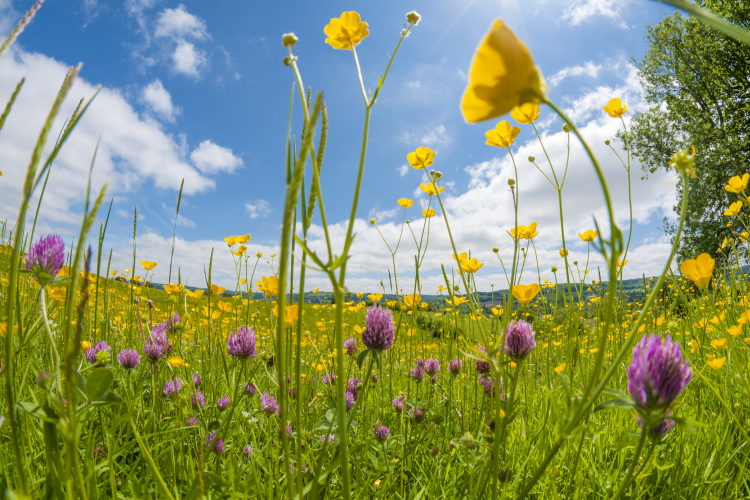
North America has lost 2.6 million acres of intact grassland in a single year – an area larger than Yellowstone National Park. Land has been cleared primarily to make way for wheat, corn and soy production, a new report from WWF reveals.
Globally the problem is more significant still. Worldwide grasslands are under severe threat from ongoing degradation as land is converted to grow crops. According to the World Commission on Protected Areas (IUCN), grasslands are considered ‘the most altered terrestrial ecosystem on the planet’ and are recognised as ‘the most endangered ecosystem on most continents’.
In contrast to commodities driven deforestation, to date, grasslands have largely been ignored in sustainable development agendas despite the scale and speed at which they are being lost. Without a charismatic orangutan talisman for consumers to rally around, the implications of this land-use change have been largely overlooked.
This could be about to change. At the recent UN Food System Summit, the WWF issued a call to kickstart grassland conservation.
“The awareness of grassland loss and the impacts it has have not been on the radar in a meaningful way, but this is changing and we are seeing more interest to understand the issue and account for it,” said Patrick Lendrum, Science Lead for WWF’s Northern Great Plains program.
Lendrum believes that grasslands will ‘absolutely’ become a touchpaper issue for consumers in the future, in much the way that deforestation is today.
“Nearly 50% of grasslands have experienced some form of degradation be it conversion, invasive species, overgrazing, climate change or altered fire regimes,” the conservationist told us. “Grassland conservation is of global concern and everyone needs to be working together to solve this problem to the benefit of climate change, biodiversity, other ecosystem services, and the livelihoods that depend on grasslands.”
Biodiversity loss and climate impact
Covering around 8% of the planet’s landmass, grasslands were ‘once home to some of the largest assemblages of wildlife the Earth has ever known’, IUCN revealed. But with only 4.5% of grasslands within protected areas, this is under threat.
Conversion of grasslands is occurring on ‘high-quality habitat’ for various species, recent research focused on the US concluded. The study suggested conversion is producing ‘marginal yields’ – because almost 70% of converted lands deliver yields below the national average – and this is coming with ‘high costs to wildlife’.
“Grassland birds have experienced the largest decline of any guild. Seventy-four percent of species are declining. This is largely attributed to habitat loss and pesticide use. The list goes on and on be it pollinators, birds, mammals, or aquatic life, the effects of which are felt all the way down to the hypoxic zone in the Gulf of Mexico,” Lendrum stressed.
Other ecosystem services, notably carbon sequestration and soil erosion control, are also being hit by grassland degradation.
One study places the soil carbon loss resulting from grasslands conversion at 107 kg CO2e per year. To put it in context, that’s equivalent to the amount of CO2 released into the atmosphere by 23m vehicles being driven for a year.
“While estimates of soil carbon are difficult to calculate at such a large scale and there is some variation among researchers, there is no doubt that conversion of grasslands contributes to climate change in a significant way,” Lendrum told FoodNavigator.
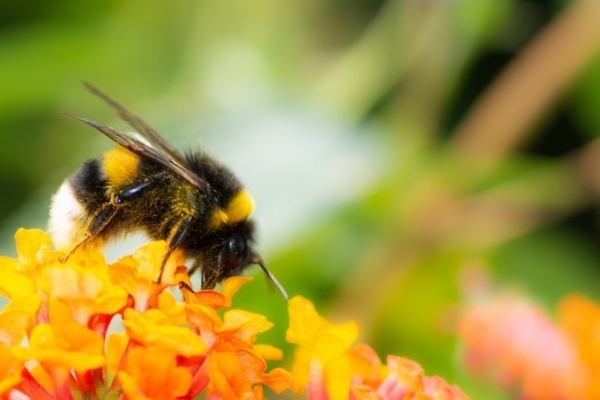
Industry and stakeholders must step up: ‘Action needs to take place sooner than later’
WWF is already working with partners in the food and beverage sector to look at how they can take a more pro-active role in the protection of grasslands. Lendrum would like to see targets around zero conversion of grasslands put in place, similar to those that have been established to stamp out deforestation in the supply chain.
While businesses should accelerate action on grasslands, Lendrum insisted ‘it’s not just up to the food industry’.
“Businesses need the tools to make the changes necessary and that responsibility lies with government agencies, academics, NGOs, and others in addition to the food industry,” he suggested.
“The effects of climate change are upon us and being experienced by everyone across the globe. Action needs to take place sooner than later and avoiding grassland conversion is one of the most cost-effective ways to slow carbon emissions.”
As with work being undertaken on deforestation, one ‘big challenge’ impeding progress is a lack of traceability through the supply chain, meaning currently even where businesses want to act, they are likely to find implementing commitments difficult. Lendrun believes collaboration will be an important unlock here: “We need companies and commodity groups with us on this journey to make that possible.”
The complex link to animal agriculture
Animal agriculture is often flagged as one of the food system’s biggest climate impacts, with the UN’s Food and Agriculture Organization putting emissions from the sector at 14.5% of all GHG emissions.
Grasslands degradation is being driven by the conversion of land to grow cash crops, such as wheat, corn and soy. Looking at the US context, most of these crops are destined to feed animals, many of which are being reared in intensive systems.
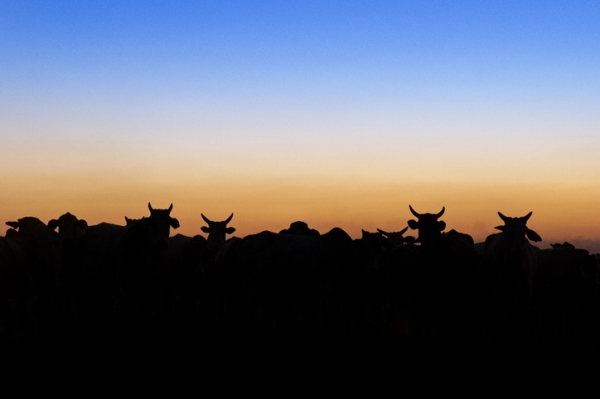
Over 70% of the US soybean crop was used for animal feed, with 15% going to human food and 5% used for biodiesel, in 2015. In 2020, more than three times the amount of corn used in the US went to animal feed than human food. Most crops grown on degraded grasslands are therefore likely to make their way into the feed chain rather than the food chain.
However, livestock agriculture can play an important role in grasslands conservation. “Extensive livestock grazing is the primary grass-based economy that keeps grasslands intact and maintains them in a healthy condition when properly managed,” the WWF’s Lendrum noted.
“Sustainable livestock grazing provides livelihoods, food and fibre, ecosystem services like carbon storage, reduced downstream flooding, clean water and wildlife habitat.”
This complex picture and the duality of the link between animal agriculture and grasslands degradation make it ‘very difficult’ to talk about a ‘one-size fits all approach’, Lendrum explained.
“Sustainable intensification of production, such as regenerative agriculture and zero new conversion, in addition to crop diversification and more food being grown for direct human consumption are all needed to feed the growing population while stopping land use change and nature loss.”
